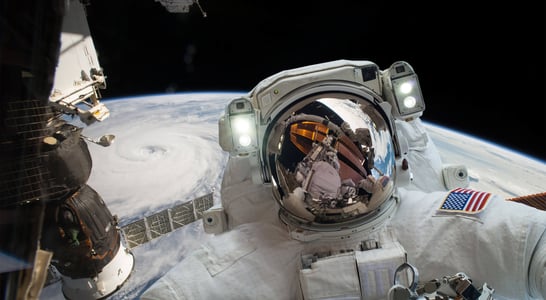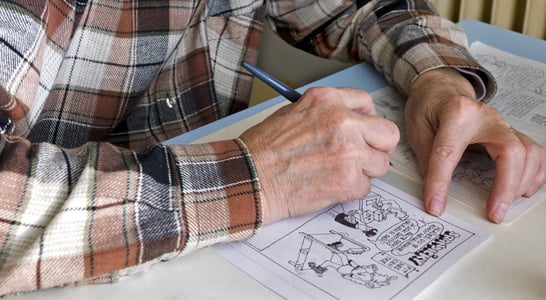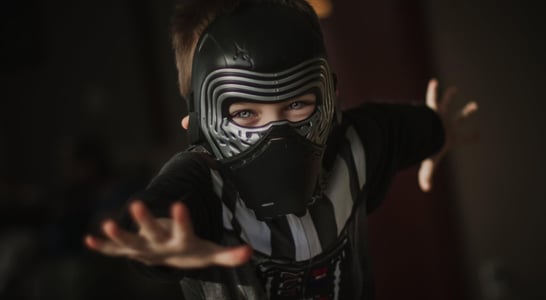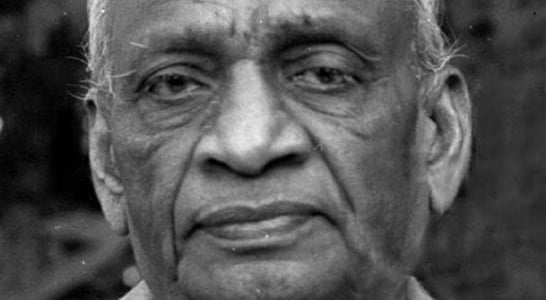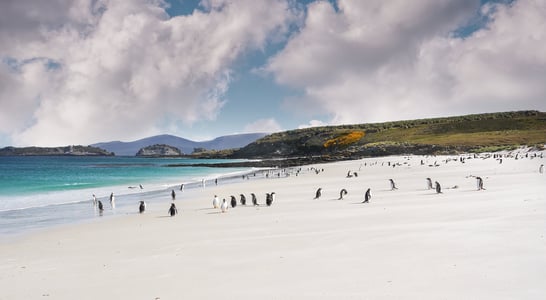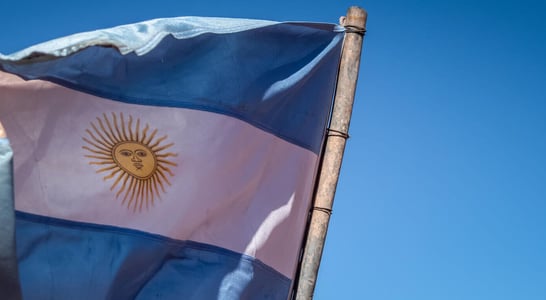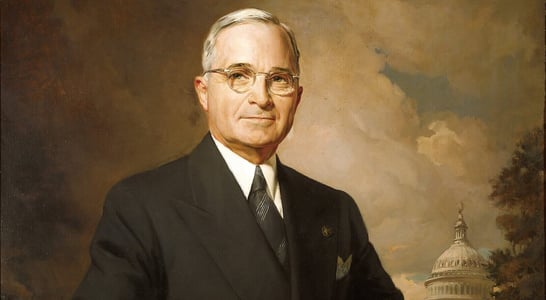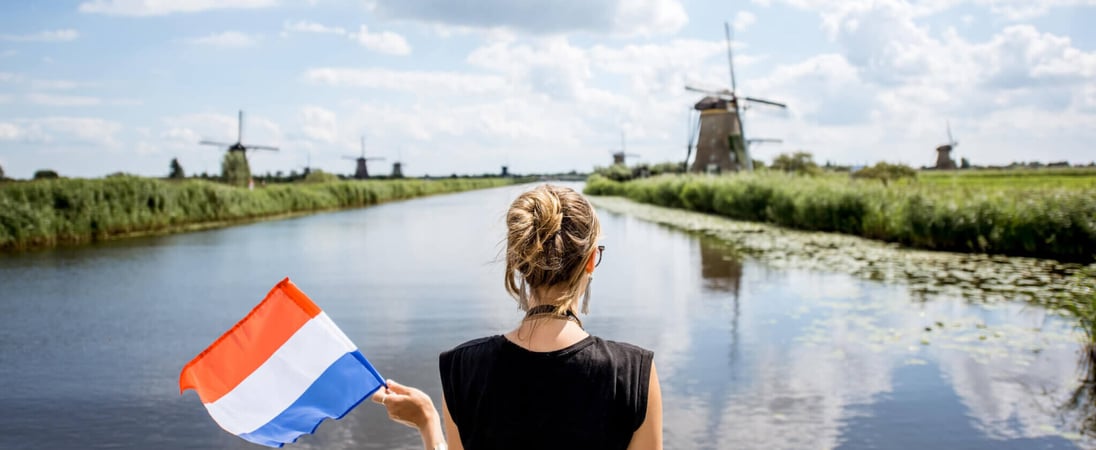
Netherlands Liberation Day
The Netherlands Liberation Day is a spirited celebration that marks the end of a difficult time in Dutch history.
The day brings people together to honor freedom and remember those who fought for it. Parades, concerts, and festivals fill the air with a sense of joy and unity.
Across the country, the Dutch take pride in their hard-won freedom, making this day a symbol of national identity and collective memory.
How to Celebrate Netherlands Liberation Day
Dance in the Streets
Why not kick off Liberation Day with a dance party? Grab some friends, head outside, and let loose. Parades and street performances often set the mood, so join in and move to the rhythm of freedom.
Picnic Like a Pro
Pack a basket full of goodies, find a sunny spot, and enjoy a festive picnic. Whether in a local park or your backyard, gather loved ones and savor the day with tasty treats and laughter.
Raise a Flag
Get into the spirit by flying the Dutch flag high. Hang it from your balcony or wave it in your front yard. Bright colors add a festive touch and show your pride in the country’s freedom.
Join a Concert
Local concerts are a great way to soak up the atmosphere. Sing along to the tunes that celebrate liberty. Feel the energy of the crowd and let the music carry you away.
Light Up the Night
As the day winds down, gather for a cozy bonfire or light some candles. Reflect on the significance of the day under the stars. A simple, warm glow is the perfect ending to a day full of celebration.
Reasons for Celebrating Netherlands Liberation Day
This day is celebrated to honor the restoration of freedom in the Netherlands. It reminds us of the courage and sacrifice of those who resisted oppression.
The day also emphasizes the value of living in a free society and encourages people to appreciate and protect their liberties.
Through these celebrations, the Dutch pass on the importance of freedom to future generations, ensuring that the lessons of the past remain vivid and alive.
History of the Netherlands Liberation Day
Netherlands Liberation Day began after World War II when the country was finally freed from years of occupation. The first celebration took place in 1946, just a year after the end of the war.
The Dutch government organized this day to remember the immense struggles and to honor those who had fought bravely for the nation’s freedom. It was a time to reflect on the sacrifices made and to cherish the return of peace.
The idea behind the day was to create a national moment of unity where people from all walks of life could come together to celebrate their newfound freedom.
Over the years, Liberation Day has grown into a significant event in Dutch culture. It not only marks the end of a difficult chapter in the nation’s history but also serves as a reminder of the importance of liberty and the high price it can demand.
Each year, the Dutch commemorate this day with various events, from parades to concerts, all symbolizing the collective joy of a free society.
The tradition has endured for decades, evolving into a cherished occasion that reflects the deep gratitude of the Dutch people for the peace they now enjoy.
Netherlands Liberation Day FAQs
What is the significance of the “Nationale Feestrok” in Dutch history?
After World War II, Dutch women crafted “Nationale Feestrok” or national liberation skirts.
These patchwork skirts symbolized unity and rebuilding. Each piece of fabric held personal meaning, reflecting the wearer’s life and experiences.
Women wore them during national celebrations to express solidarity and resilience.
How did “Dolle Dinsdag” influence the Dutch liberation process?
“Dolle Dinsdag,” or “Mad Tuesday,” occurred on September 5, 1944. Rumors of imminent liberation caused mass panic among German occupiers and Dutch collaborators.
Many fled, abandoning posts and destroying documents. This chaos disrupted German control, indirectly aiding the liberation efforts.
Why do the Dutch send tulips to Canada annually?
The Netherlands gifts thousands of tulips to Canada each year. This tradition began as thanks for Canada’s role in liberating the Netherlands and for sheltering the Dutch royal family during the war.
The tulips symbolize gratitude and enduring friendship between the two nations.
What role does the Homomonument play during Liberation Day?
The Homomonument in Amsterdam commemorates LGBTQ+ individuals persecuted during World War II.
On Liberation Day, it hosts events celebrating freedom and diversity. Activities include performances, speeches, and laying flowers, highlighting the ongoing fight for equal rights.
How did the “Hunger Winter” impact the Dutch population before liberation?
The “Hunger Winter” of 1944-1945 was a severe famine in the Nazi-occupied Netherlands.
Food and fuel shortages led to approximately 22,000 deaths. This hardship deepened the Dutch appreciation for freedom and influenced post-war social policies.
What is the significance of the Liberation Flame in Wageningen?
Wageningen, where German forces surrendered in 1945, is central to Liberation Day.
Each year, the Liberation Flame is lit there, symbolizing peace and freedom. This flame travels across the country, igniting festivities nationwide.
How do “freedom meals” contribute to Liberation Day celebrations?
“Freedom meals” are communal gatherings held nationwide on Liberation Day.
People from diverse backgrounds share food and stories, fostering unity and reflection on the value of freedom. These meals strengthen community bonds and encourage dialogue.
Why is Liberation Day a public holiday only every five years?
Initially, the Netherlands celebrated Liberation Day every five years. In 1990, it became an annual event.
However, it’s a public holiday with mandatory time off only every five years. This approach balances commemoration with economic considerations.
What is the role of “freedom ambassadors” during Liberation Day?
Each year, the Dutch government appoints “freedom ambassadors,” often popular artists, to promote Liberation Day’s message.
They perform at festivals nationwide, traveling between events, to inspire and engage the public, especially the youth.
How did the Dutch resistance contribute to the liberation efforts?
The Dutch resistance played a crucial role by gathering intelligence, sabotaging German operations, and aiding Allied forces.
Their efforts disrupted enemy activities and provided valuable support during the liberation, demonstrating courage and solidarity.
See what else is happening…
There’s always more going on every month at Days Of The Year. Here are our favorites this month!
Also on ...
View all holidaysNational Astronaut Day
Blast off into an out-of-this-world celebration! Learn about space, astronauts, and explore the cosmos. It's time to reach for the stars!
National Cartoonists Day
Take a walk down memory lane by revisiting the beloved, charming, often bizarre cartoons of your childhood like Calvin and Hobbes, or discover new ones.
International Midwives’ Day
Doctors and hospitals are a recent development for birthing. In the past, experienced women called midwives kept new mothers and babies safe during birth.
Revenge of the Fifth
Cheering for the dark side, and finding fascination in characters who embrace their complexity and challenge traditional notions of good and evil.
